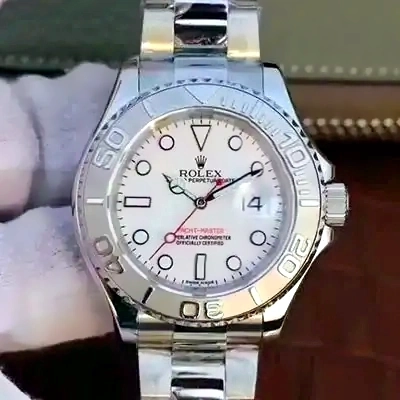As luxury markets adjust to global economic shifts, Rolex has unveiled its 2025 pricing strategy, revealing a stark contrast between steel and gold models. While stainless steel watches see only marginal increases, gold watches face dramatic hikes – a trend driven by soaring precious metal costs. Here’s a breakdown of what collectors and enthusiasts need to know.
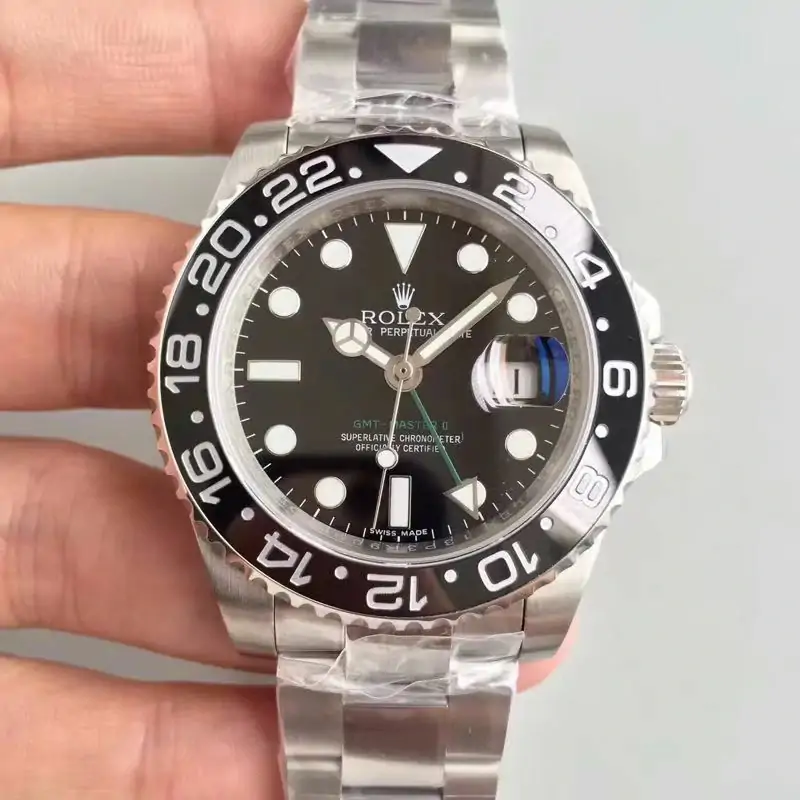
Price Trends: Steel Stability vs. Gold Surges
Rolex’s 2025 pricing follows a clear pattern: stainless steel models remain nearly unchanged, with most rising by just €100 (1-1.5%). Platinum replica watches also see minimal adjustments (+1%), reflecting stable commodity prices. In contrast, gold dominates the increases:
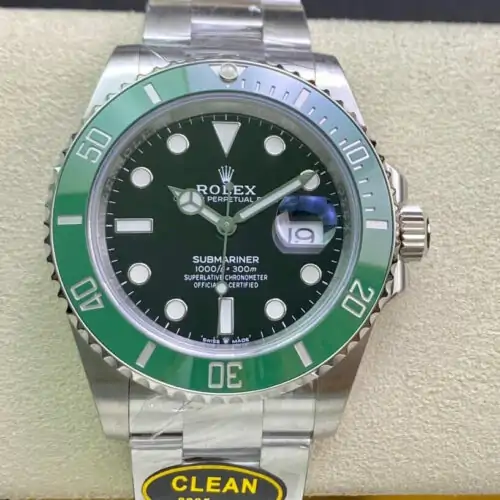
Two-tone (Rolesor) models: +8%
Solid gold editions: +11%
This disparity stems from gold’s meteoric rise in 2024, climbing 27% annually (€60,618 to €80,641 per kilogram). Rolex has passed these costs to consumers, particularly impacting dress watches and sport models with gold components.
Stability Amid Uncertainty
After 2023’s inflationary spike (7-8% average price hikes), replica Rolex adopted modest increases in 2024 (+4%). Despite ongoing geopolitical tensions and China’s luxury market slump (26% drop in watch exports), 2025’s pricing reflects cautious optimism. Notably, gold’s volatility overshadows stable steel and platinum markets, shaping Rolex’s tiered approach.
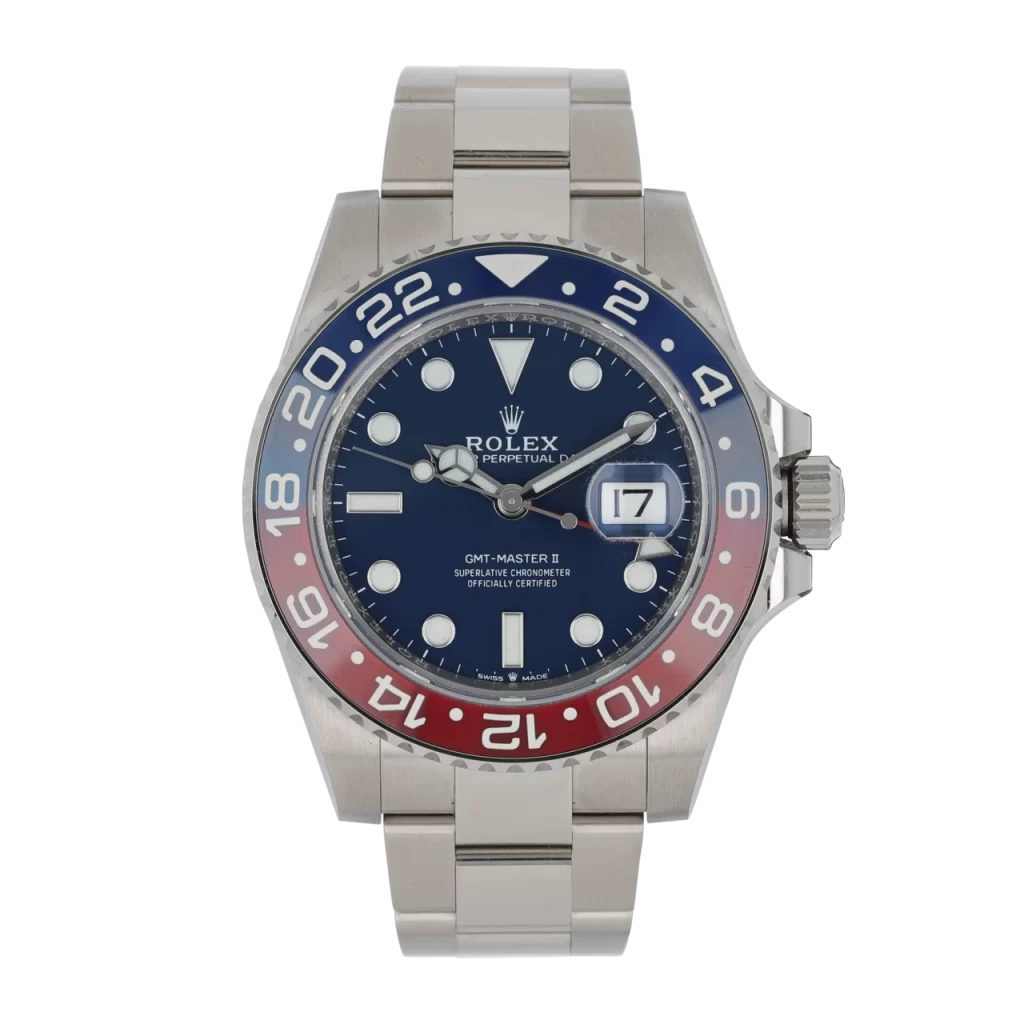
Collection-by-Collection Breakdown
- Cosmograph Daytona
Steel (126500LN): +€400 (manageable 3-4%).
Gold models: +18.5% (€6,000-€8,000 leap), the steepest increase across all lines.
- Submariner & Submariner Date
Steel variants: +€100 (1%).
Rolesor: +€1,400.
Solid gold: +11% (€4,500+).
- GMT-Master II
Steel “Bruce Wayne” (126710GRNR) and classics like “Pepsi” rise marginally (+€100).
Gold and two-tone models surge +11% (€4,500-€4,700).
- Sea-Dweller & Deepsea
Steel models: +0.7%.
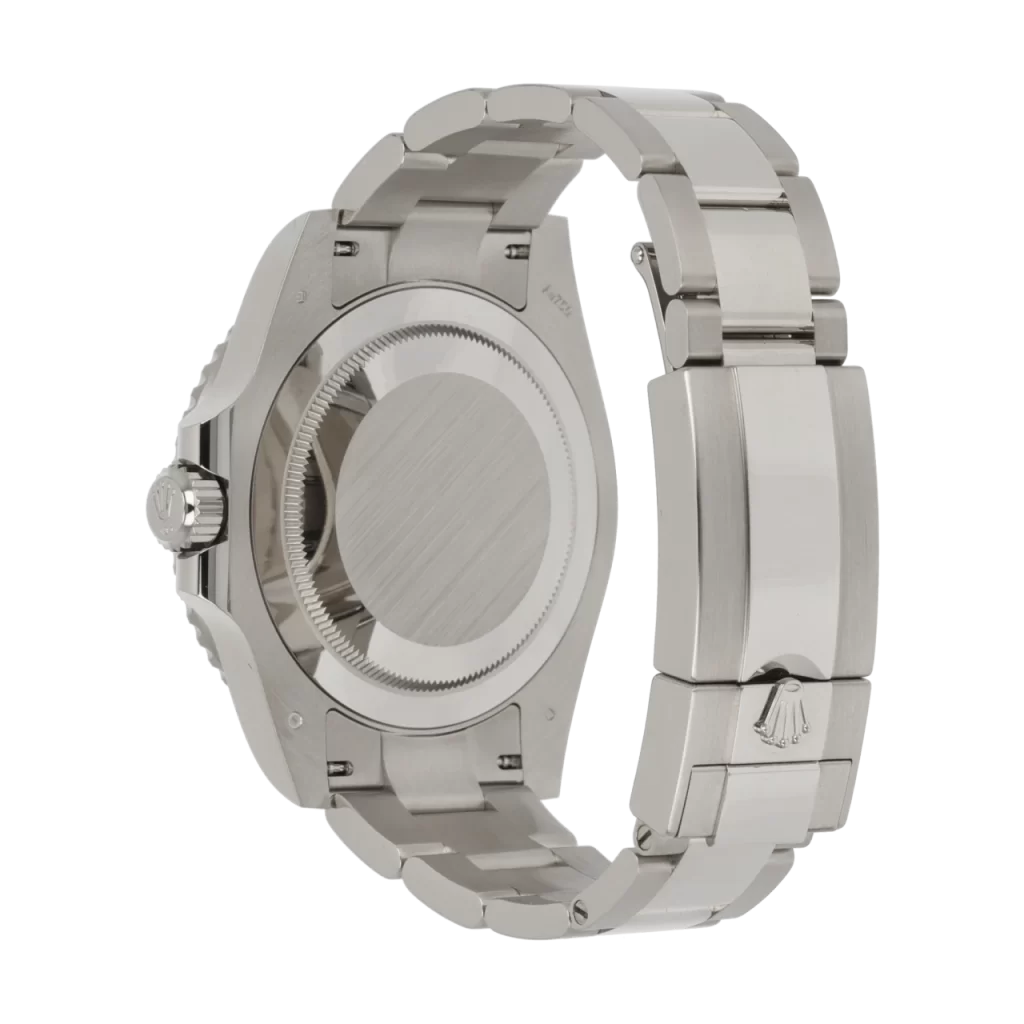
New full-gold Deepsea 136668LB debuts with an 11.4% premium.
- Explorer & Yacht-Master
Explorer steel editions: +€100-150.
Yacht-Master II discontinued; titanium Yacht-Master 42 rises 5%.
- Sky-Dweller & Datejust
Steel Sky-Dwellers with gold bezels: +3%.
Datejust Rolesor models mirror gold’s +11% trend.
- Day-Date & Oyster Perpetual
Platinum Day-Date: +1%.
Gold Day-Date: +11% (€4,000+).
Oyster Perpetual: +1.6-2.6%, a relief after 2023’s 11% spike.
Notable Exceptions
Deepsea Challenge (titanium): +5%, aligning with Rolex’s niche titanium offerings.
Perpetual 1908 Platinum: +1% for the new blue guilloche dial, while gold variants jump 11%.
The Bigger Picture
Rolex’s pricing strategy underscores a broader luxury market reality: gold’s allure comes at a premium. While steel models remain accessible to entry-level collectors, gold’s volatility reshapes the brand’s high-end appeal. For investors, two-tone and solid gold pieces now demand deeper pockets – a trend unlikely to reverse as commodities fluctuate.
Whether you’re eyeing a timeless Submariner or a lavish Day-Date, 2025 marks a year where metal choice defines value more than ever.
